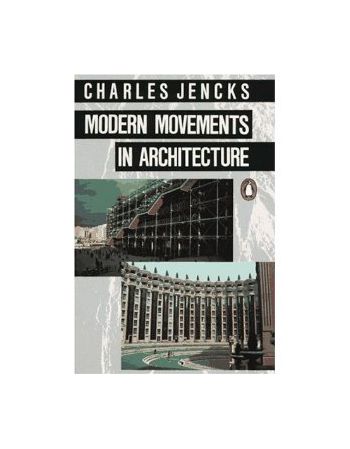Połącz kropki. Niesamowite...
Niezwykłe rysowanie po śladzie. Łączenie kropek, aby przekonać się, co kryje się na obrazku. Jeżeli myślisz, że łączenie kropek jest rozrywką wyłącznie dla dzieci, to jesteś w błędzie. Rysowanie po śladzie sprawia ogromną frajdę także dorosłym. Pozwala ćwiczyć spostrzegawczość i cierpliwość, pobudza kreatywność, a jednocześnie wycisza, pozwala się skupić i doskonalić rękę niewprawną w rysowaniu. Potrafi też zachęcić do obudzenia w sobie duszy odkrywcy, poznawania świata, pięknych budowli, niezwykłych miejsc. W tej książce znalazły się 42 niesamowite, godne uwagi cuda architektury i przyrody. Aby odkryć ten niezwykły świat, skup się, zaostrz ołówek i upewnij się, że potrafisz liczyć do przeszło tysiąca. Każdy obraz powstanie po połączeniu co najmniej 1200 ponumerowanych kropek.




